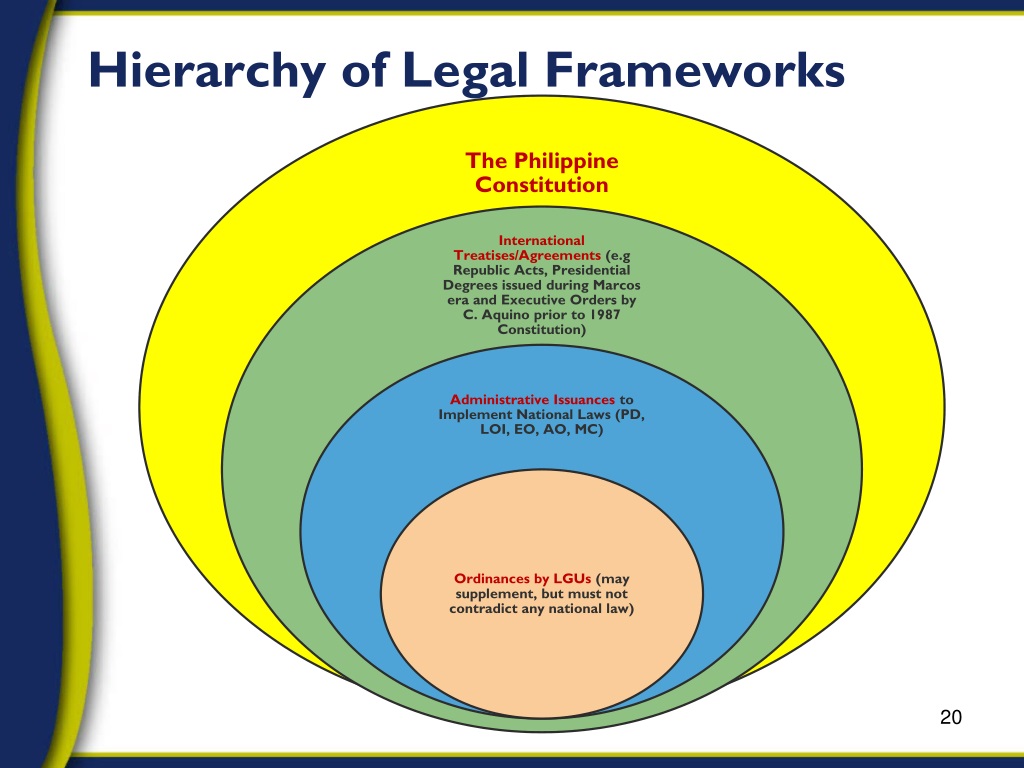8 Tertiary Beneficiaries Test: The Ultimate
The 8 Tertiary Beneficiaries Test is a comprehensive framework used to assess the effectiveness of a trust or estate planning strategy in achieving its intended goals. This test is crucial in evaluating the overall impact of a plan on its beneficiaries, ensuring that it aligns with the grantor's wishes and complies with relevant laws and regulations. In this article, we will delve into the intricacies of the 8 Tertiary Beneficiaries Test, exploring its key components, applications, and implications for estate planners and beneficiaries alike.
Understanding the 8 Tertiary Beneficiaries Test
The 8 Tertiary Beneficiaries Test is an analytical tool designed to examine the tertiary beneficiaries of a trust or estate, which are individuals or entities that receive benefits from the trust after the primary and secondary beneficiaries have passed away or are no longer eligible to receive benefits. This test is essential in determining whether a trust or estate plan is well-structured and effective in achieving its long-term objectives. By applying the 8 Tertiary Beneficiaries Test, estate planners and beneficiaries can identify potential issues and make informed decisions to optimize the plan’s outcomes.
Key Components of the 8 Tertiary Beneficiaries Test
The 8 Tertiary Beneficiaries Test consists of eight critical components, each addressing a specific aspect of the trust or estate plan. These components include:
- Identification of tertiary beneficiaries
- Analysis of beneficiary relationships and interests
- Evaluation of trust or estate assets and liabilities
- Assessment of tax implications and potential liabilities
- Review of trust or estate documentation and agreements
- Examination of beneficiary communication and coordination
- Analysis of potential conflicts and disputes
- Evaluation of plan flexibility and adaptability
By examining these components, the 8 Tertiary Beneficiaries Test provides a comprehensive framework for evaluating the effectiveness of a trust or estate plan and identifying areas for improvement.
| Component | Description |
|---|---|
| Identification of tertiary beneficiaries | Identifying individuals or entities that will receive benefits from the trust after primary and secondary beneficiaries |
| Analysis of beneficiary relationships and interests | Evaluating the relationships and interests of tertiary beneficiaries to ensure alignment with the grantor's wishes |
| Evaluation of trust or estate assets and liabilities | Assessing the trust or estate's assets and liabilities to determine their impact on tertiary beneficiaries |
Applications and Implications of the 8 Tertiary Beneficiaries Test
The 8 Tertiary Beneficiaries Test has significant implications for estate planners, beneficiaries, and the overall effectiveness of a trust or estate plan. By applying this test, estate planners can:
Optimize plan outcomes by identifying potential issues and making informed decisions to address them. Estate planning strategies can be tailored to meet the unique needs and goals of the grantor and beneficiaries. Ensure compliance with relevant laws and regulations, reducing the risk of disputes and litigation. Trust administration can be streamlined, and beneficiary communication and coordination can be improved.
Technical Specifications and Performance Analysis
The 8 Tertiary Beneficiaries Test involves a detailed analysis of technical specifications, including trust or estate documentation, tax implications, and beneficiary relationships. By examining these specifications, estate planners can evaluate the performance of the trust or estate plan and identify areas for improvement. Performance metrics can be established to measure the plan’s effectiveness, and benchmarking can be used to compare the plan’s outcomes with industry standards.
| Metric | Description |
|---|---|
| Beneficiary satisfaction | Evaluating the level of satisfaction among tertiary beneficiaries with the trust or estate plan |
| Plan compliance | Assessing the plan's compliance with relevant laws and regulations |
| Asset management | Evaluating the management of trust or estate assets and their impact on tertiary beneficiaries |
Future Implications and Comparative Analysis
The 8 Tertiary Beneficiaries Test has significant implications for the future of estate planning and trust administration. As the complexity of trust and estate plans continues to evolve, the need for comprehensive evaluation tools like the 8 Tertiary Beneficiaries Test will become increasingly important. A comparative analysis of different trust and estate plans can be conducted using this test, enabling estate planners to identify best practices and optimize plan outcomes.
Real-World Applications and Case Studies
The 8 Tertiary Beneficiaries Test has been successfully applied in various real-world scenarios, including:
- Estate planning for high-net-worth individuals
- Trust administration for complex family trusts
- Beneficiary communication and coordination for large estates
By examining these case studies, estate planners can gain valuable insights into the practical applications of the 8 Tertiary Beneficiaries Test and its potential to optimize trust and estate plan outcomes.
What is the purpose of the 8 Tertiary Beneficiaries Test?
+The 8 Tertiary Beneficiaries Test is a comprehensive framework used to evaluate the effectiveness of a trust or estate plan in achieving its intended goals, with a focus on tertiary beneficiaries.
How is the 8 Tertiary Beneficiaries Test applied in practice?
+The 8 Tertiary Beneficiaries Test is applied by examining eight critical components, including identification of tertiary beneficiaries, analysis of beneficiary relationships and interests, and evaluation of trust or estate assets and liabilities.
In conclusion, the 8 Tertiary Beneficiaries Test is a powerful tool for evaluating the effectiveness of a trust or estate plan, with a focus on tertiary beneficiaries. By applying this test, estate planners can optimize plan outcomes, ensure compliance, and improve beneficiary communication and coordination. As the complexity of trust and estate plans continues to evolve, the need for comprehensive evaluation tools like the 8 Tertiary Beneficiaries Test will become increasingly important.
